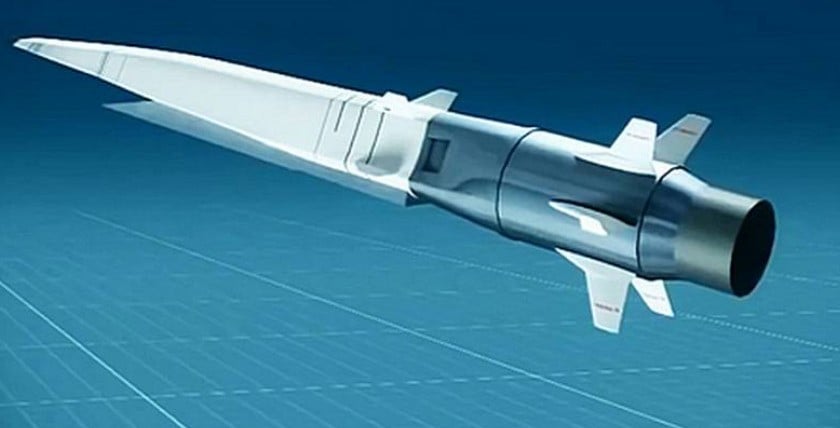On 5 October, the Russian Ministry of Defence confirmed two successful test firings of the Zirkon hypersonic missile from a submarine. The two 3M22 cruise missiles (SS-N-33) were launched in the Barents Sea from the SEWERODWINSK (K-560), the type boat of the nuclear-powered YASEN class (Project 885).
While the first shot was probably fired by the Attack submarine was fired from a depth of 40 metres, the second is said to have been fired the following day from a diving depth of 40 metres. Both trajectories were as calculated and the specified target was reached. Mach 8 was measured during the multiple test firings at sea and targets were approached at 450 kilometres, but only stationary objects. This means that the Zircon test programme could be nearing its end and paving the way for series production. The cross-sectional equipping of the Russian Federation's surface and underwater forces with this cruise missile would probably be within the realms of possibility from 2023, as it can be launched from the same silos in which the FK standard weapon Kalibr (SS-N-27/30) is carried.
The Zirkon maritime cruise missile is a hypersonic weapon capable of reaching nine times the speed of sound (11,000 km/h) and covering a distance of up to 1,000 kilometres. For this purpose, it has a twotufigen drive. The detachable booster has a solid propellant propellant set to achieve the necessary supersonic speed for the scamjet (Supersonic Combustion Ramjet - Ramjet engine with air breathing), which uses a synthetic liquid fuel to accelerate to maximum speed and maintain it. Even at high altitudes, the head and control surfaces of the missile reach temperatures that require completely new materials. The kinetic energy alone at speeds above Mach 7 generates a considerable explosion on impact with a fixed target - or a corresponding bullet hole in a ship's structure. A suspected explosive device of up to 200 kilograms is not sufficient to destroy hardened targets, but the high speed makes it possible to create aknown defence methods appear unsuccessful - which in turn has a strategically destabilising effect.
It is almost irrelevant that there is hardly anything concrete to report about the Zirkon's seeker head and that there is also no information on its accuracy. In contrast to the hypersonic missile developed by the US, the Russian design should also be able to carry a nuclear explosive device. Further Russian developments point to strategic hypersonic missiles with intercontinental ranges of up to 20 times the speed of sound. An equation with many unknowns! NeverthelessIs Pandora's box perhaps currently in Russian hands?
For the test firing from aboard the frigate ADMIRAL GORSHKOV (project 22350) on 19 July 2021, see video.











0 Kommentare